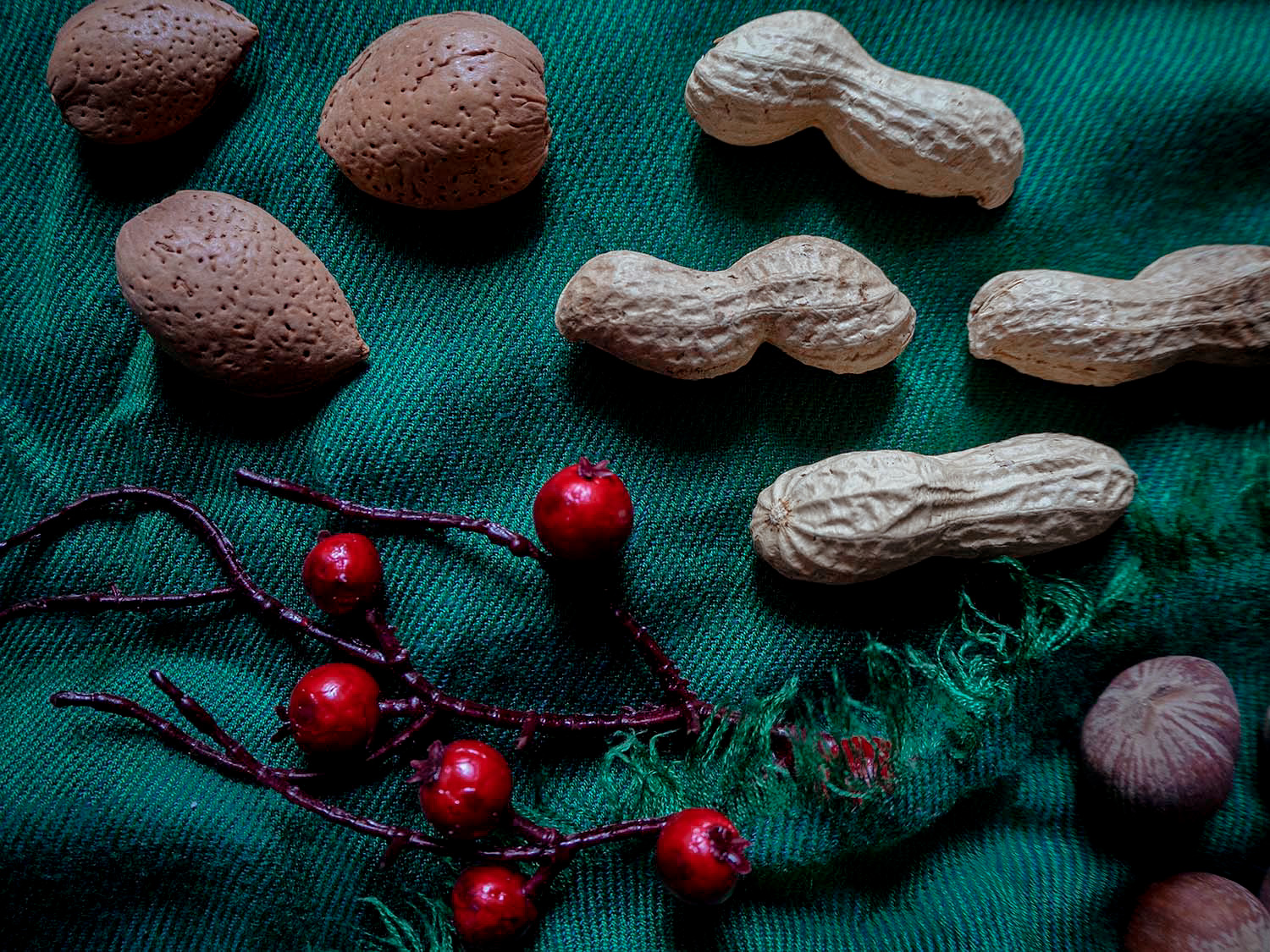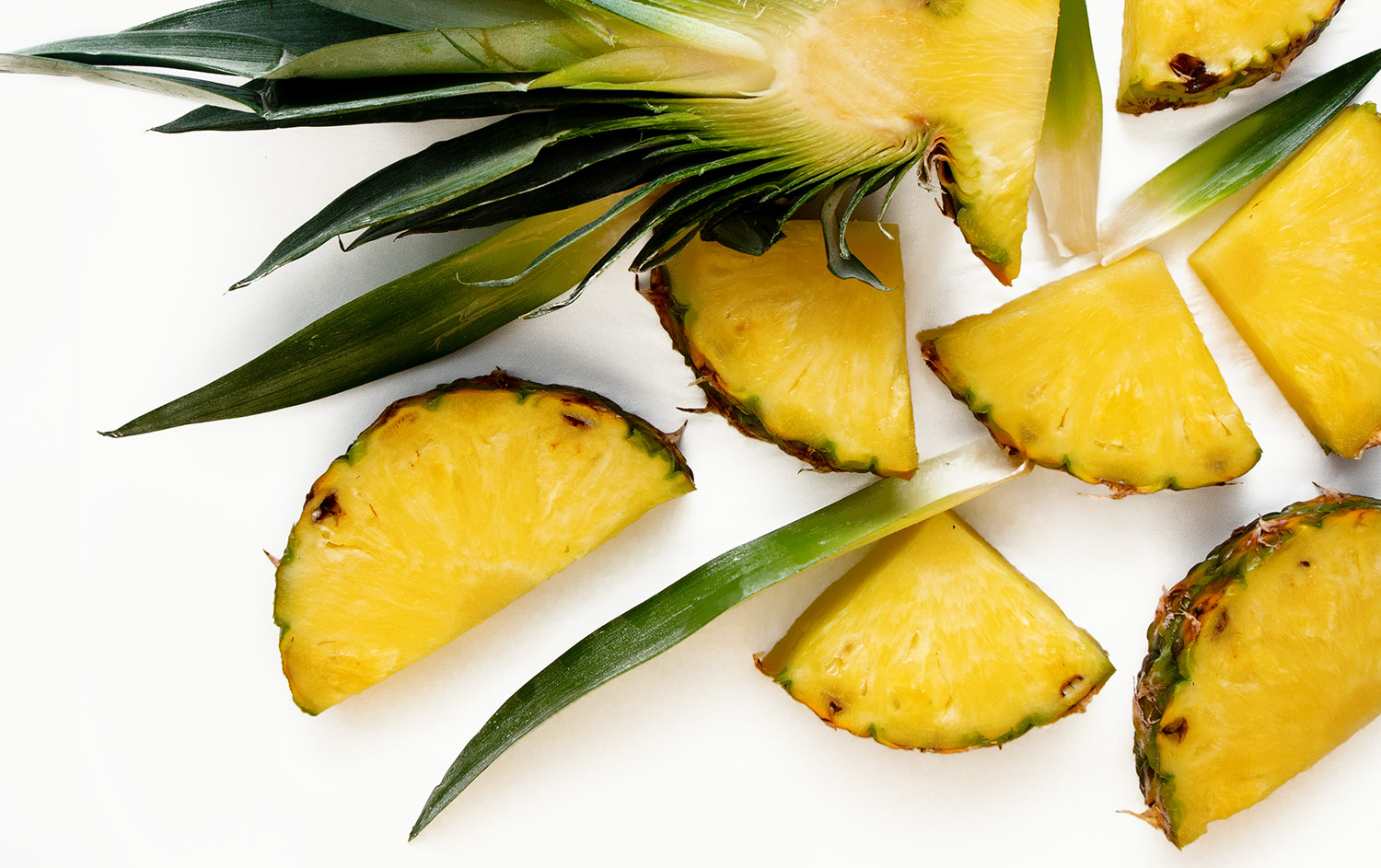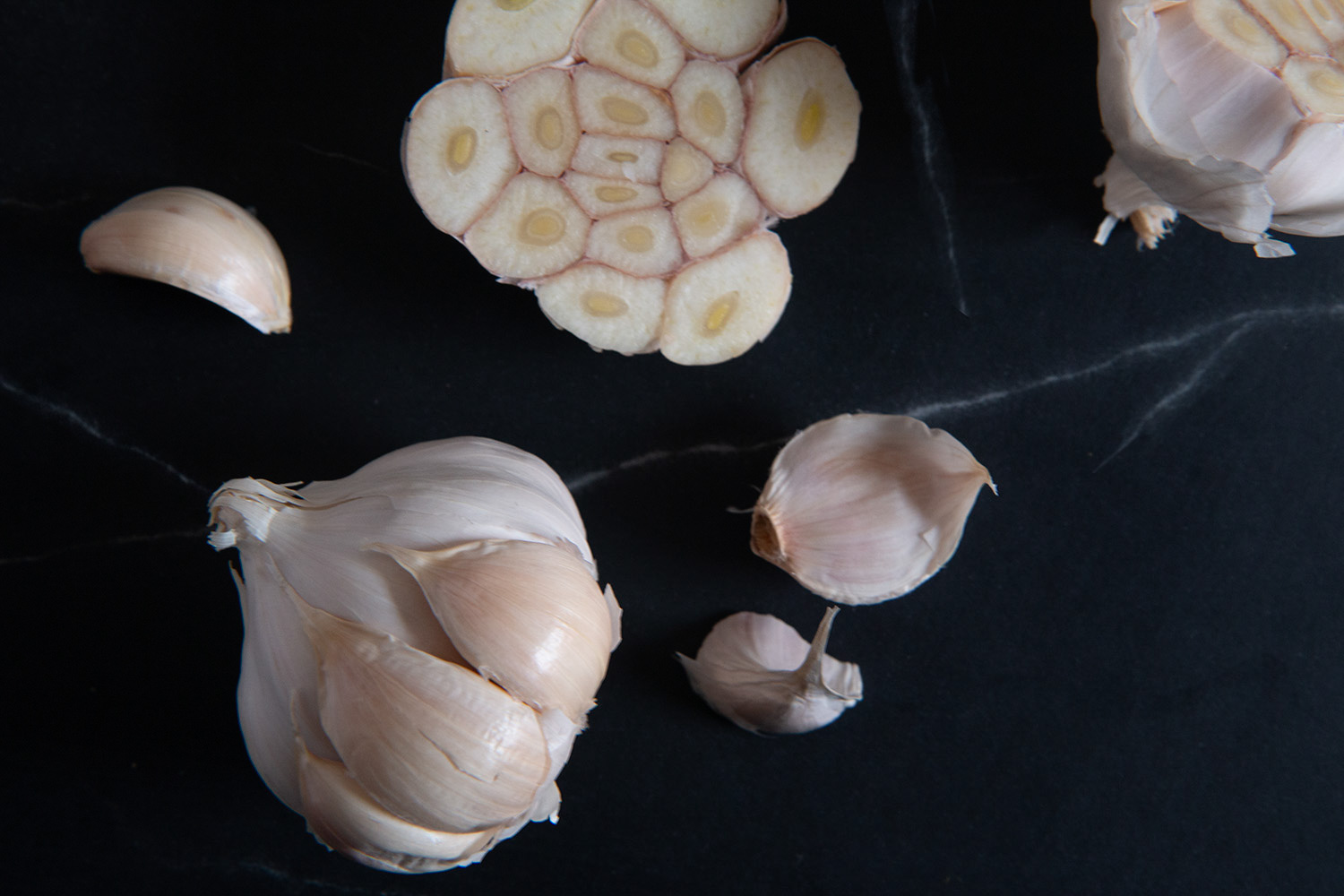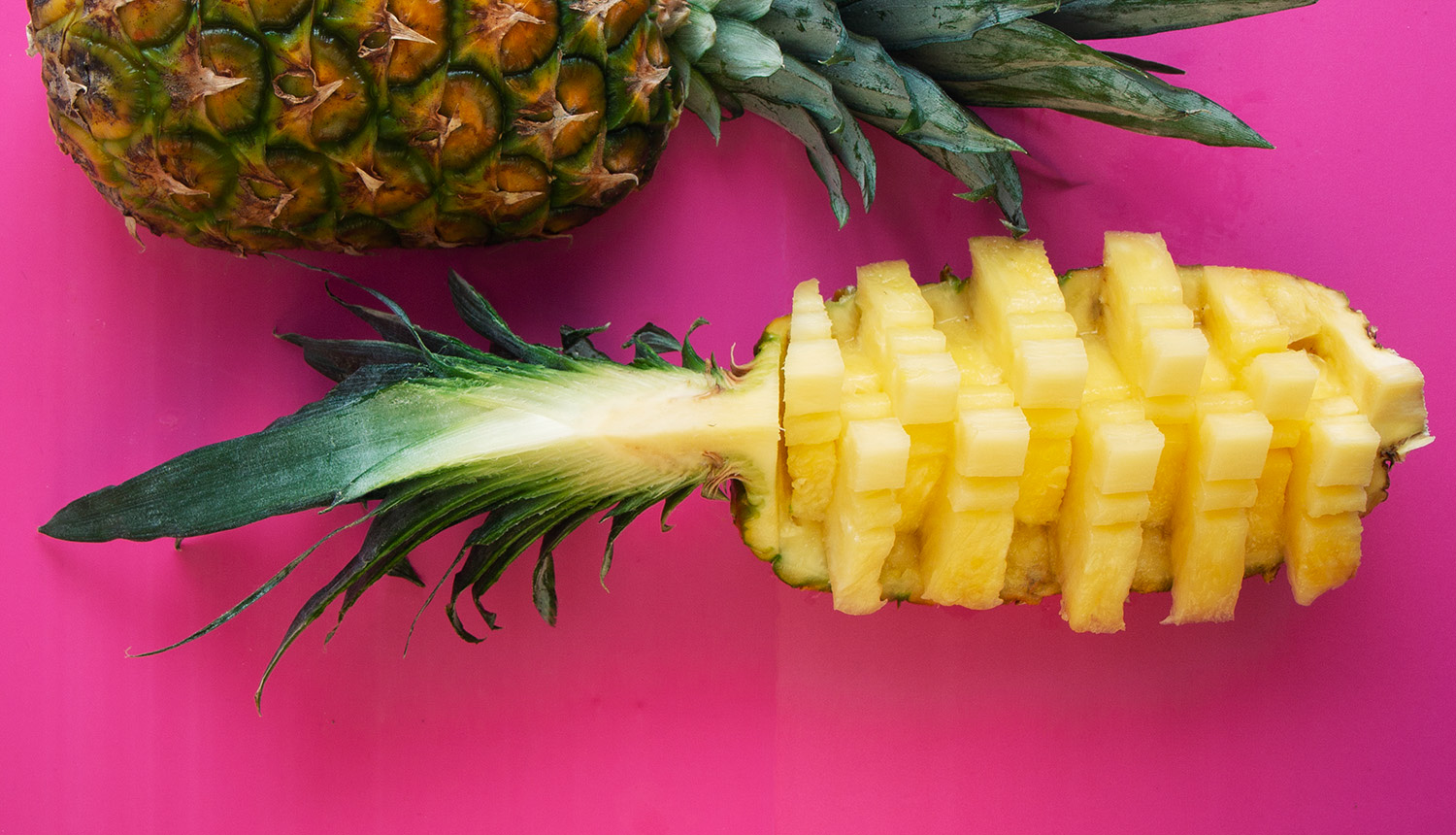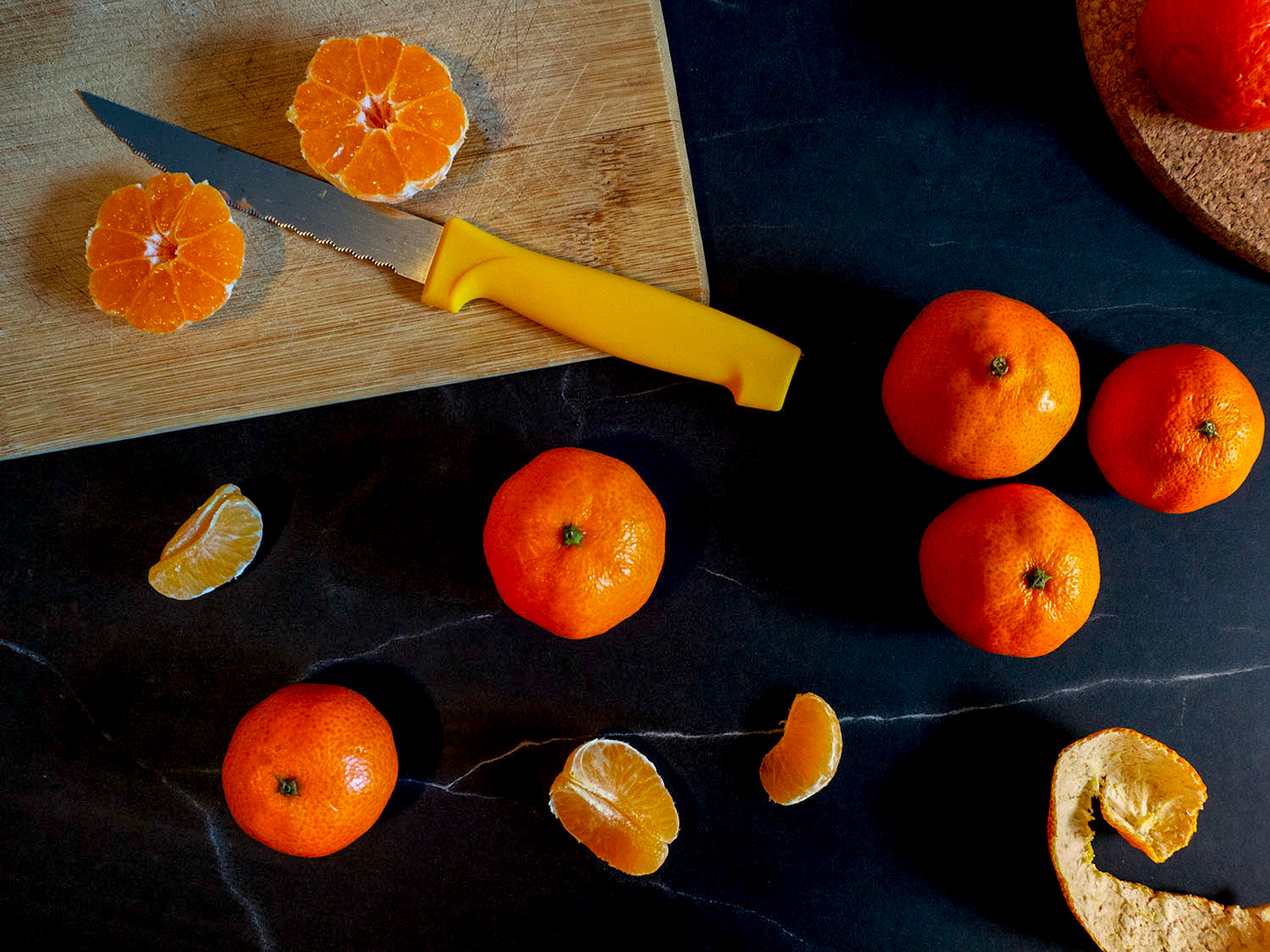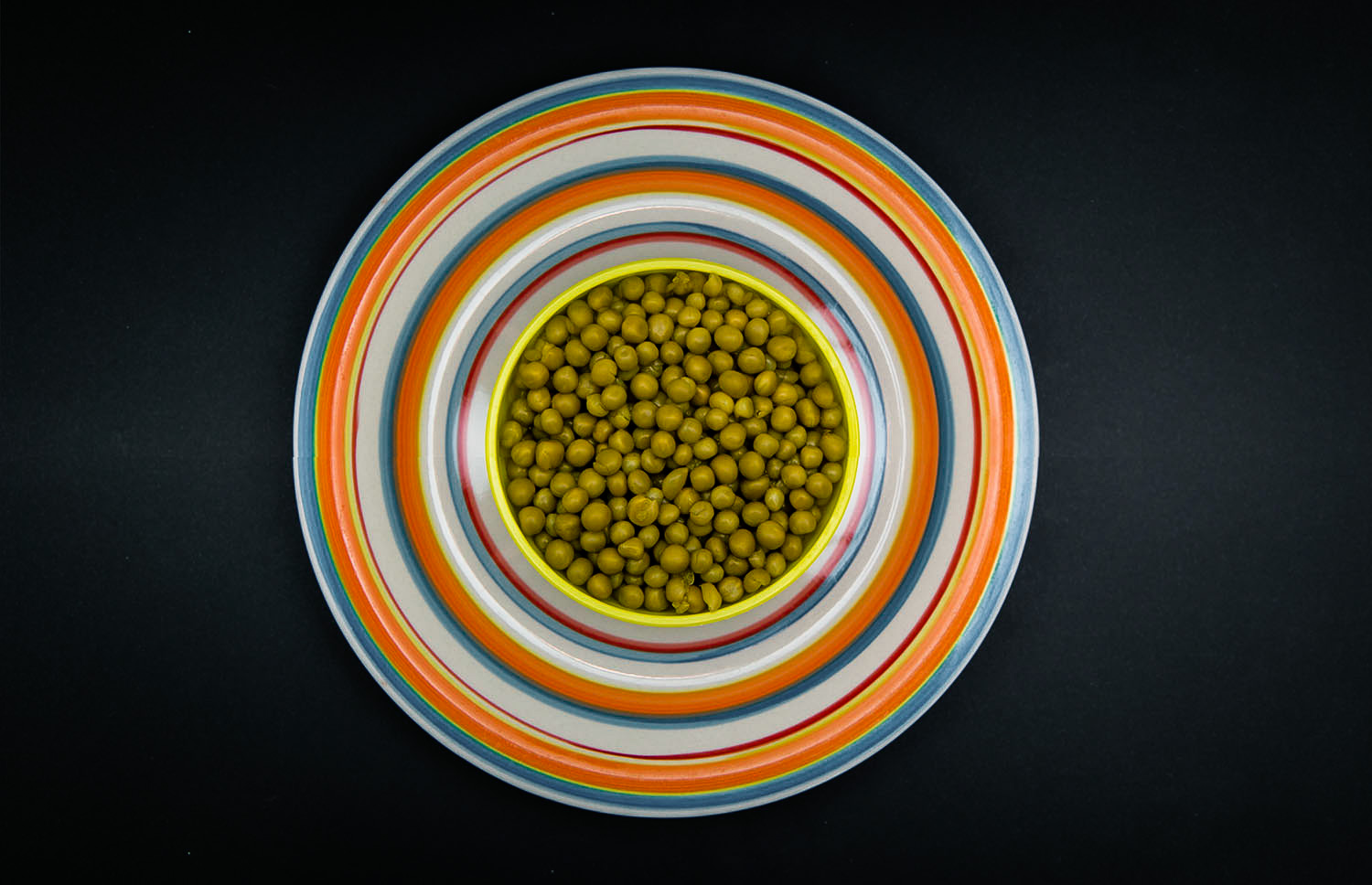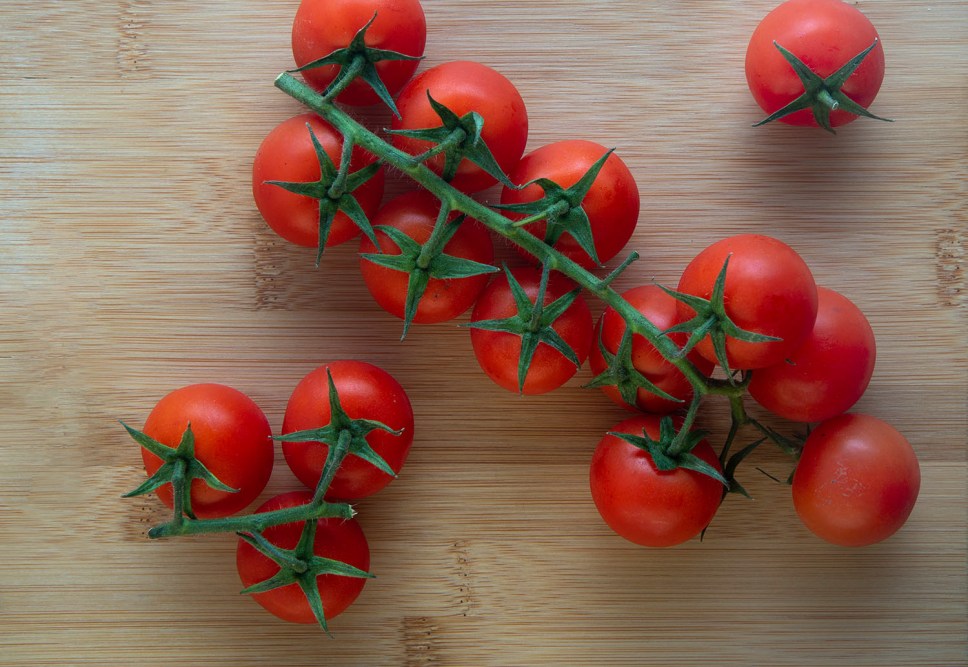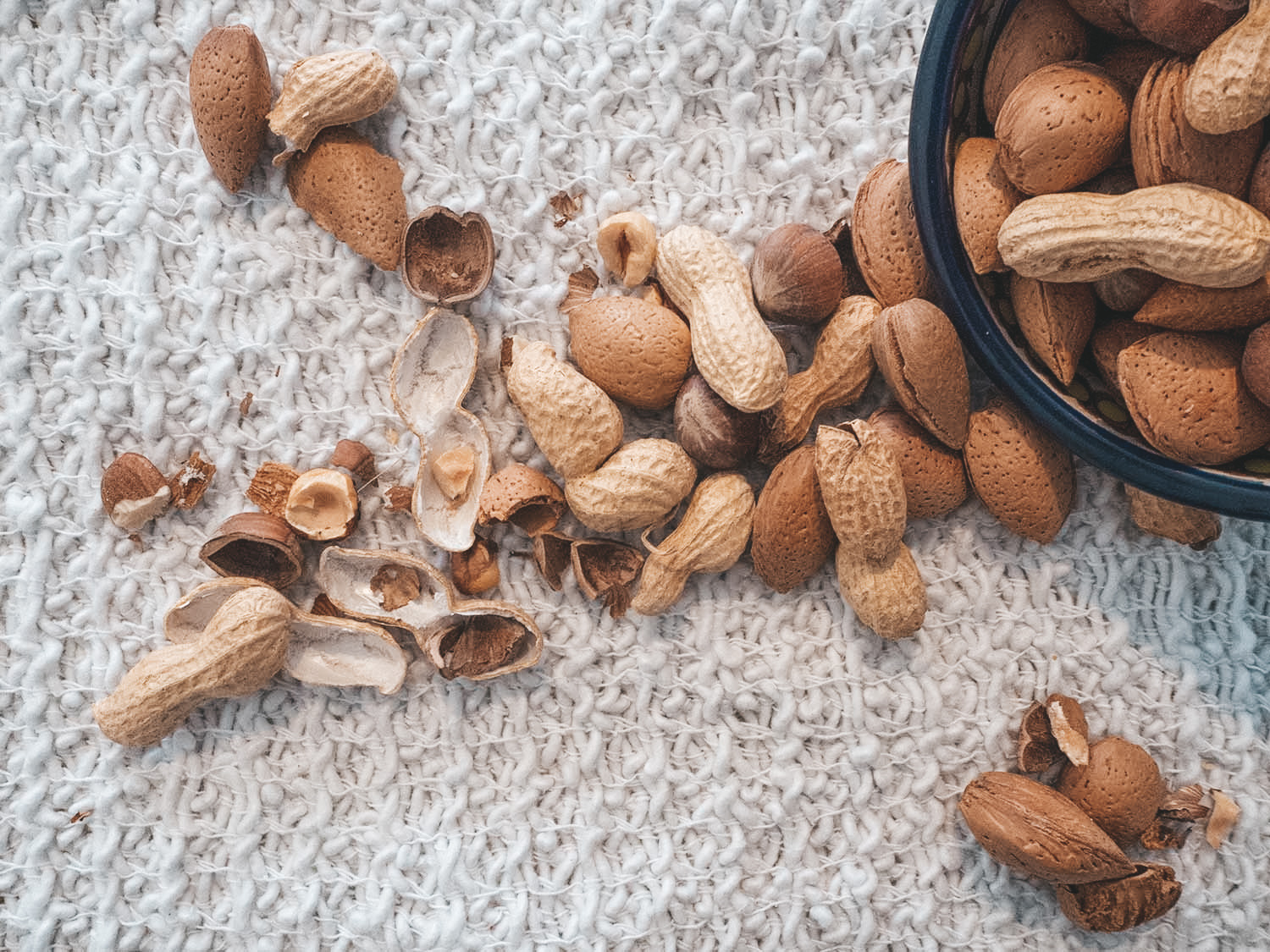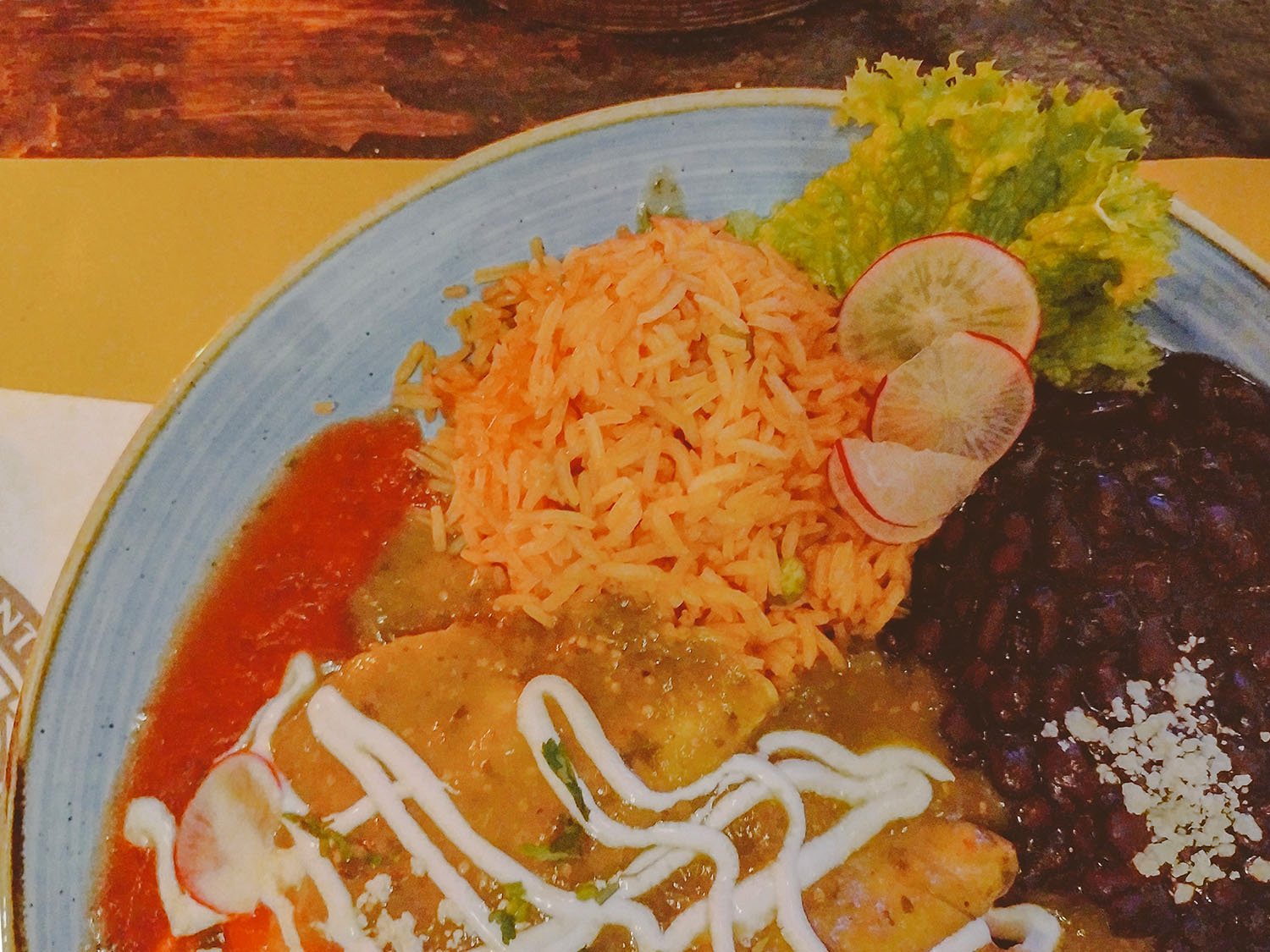Introduction
Flat lay food photography has become a popular sub-genre of still life photography, with its presence being particularly evident on social media platforms like Instagram and cooking websites. Creating a professional-looking flat lay shot that not only highlights the beauty of the food but also evokes a sense of elegance and mouthwatering appeal can be a challenging task. In this article, we will share nine insightful tips that are guaranteed to enhance your flat lay food photography skills. These tips range from simple settings adjustments for beginners to high-level composition techniques for more experienced photographers. By the end of this article, you will be equipped with the knowledge and tools necessary to capture stunning flat lay food images of your own.
1. Try to create depth
A key aspect of flat lay photography is creating depth within your images. While flat lays are typically captured from an overhead perspective on a flat surface, adding depth can greatly enrich the scene and captivate the viewer. This can be achieved through the strategic use of shadows, overlapping objects, or a combination of both. By placing objects at various heights and angles, you can create a sense of depth and dimensionality in your flat lay compositions. Additionally, the careful use of lighting, whether artificial or natural, can further enhance the depth by highlighting and shadowing different elements within the scene.
2. Keep the camera parallel to the surface
One of the critical factors in capturing appealing flat lays is ensuring that the camera is parallel to the surface on which the subject is placed. This alignment allows for a flat plane of focus, ensuring that all elements within the composition are equally sharp and in focus. However, achieving this parallel alignment can be challenging. Using a double bubble level attached to the camera’s hot shoe can help you maintain the necessary parallel orientation. Additionally, using a tripod with a 90-degree arm or the ability to invert the center column can provide stability and flexibility in positioning the camera accurately. Shooting tethered to a computer through software such as Capture One or Lightroom can also aid in achieving the desired parallel alignment.
3. Step out of Auto mode
To have full control over the outcome of your flat lay photographs, it is essential to step out of Auto mode and explore manual or semi-automatic shooting modes. While Auto mode may provide technically correct exposures, it does not offer the precision needed for creative control. Working with manual mode or semi-automatic modes like Aperture Priority allows you to adjust settings such as aperture, shutter speed, and ISO to achieve the desired depth of field, motion blur, and exposure. This greater control enables you to experiment with different lighting conditions and achieve a more artistic and captivating result in your flat lay images.
4. Choose the background carefully
The background plays a crucial role in flat lay photography as it can either complement or overpower the subject. When selecting a background, it is important to consider the overall composition and the story you wish to convey. Neutral colors like gray, white, or black can provide a clean and timeless backdrop that allows the subject to stand out. Alternatively, using complementary colors or textures in the background can help create a visual harmony and enhance the overall aesthetic of the image. The background choice can also be used to set the mood and tell a specific story, such as using a quilt as the background for a breakfast in bed scene or a wooden background for a rustic dish.
5. Every dish has a story
Flat lay food photography offers an excellent opportunity to tell a story through your compositions. Before starting a shoot, it is essential to decide on the narrative or concept you want to convey. This decision will guide your choice of lighting, props, angles, and overall styling of the scene. You can tell the story of how a dish was made by including raw ingredients or showcase different stages of a food item’s preparation. Additionally, broader context can be added by incorporating a larger scene, such as the entire table setting or capturing the hands of people interacting with the food. There is no one right way to tell a story through flat lay photography, and it ultimately depends on your personal style and the message you want to convey.
6. Take control of the light
The lighting used in flat lay photography significantly impacts the mood and overall quality of the image. Natural, soft light is often sought after for its pleasing and diffused qualities. Positioning the light source at a 45-degree angle can create slight shadows, enhancing depth and adding dimensionality to the scene. Shooting outdoors or using window light indoors are practical ways to work with natural light. When shooting in direct sunlight, using a diffuser can help soften the harshness of the light. Alternatively, artificial lighting, such as studio lights or off-camera flashes, can provide more control and consistency for those working in controlled environments or in low light situations. Experimenting with different lighting techniques allows you to create unique and visually captivating flat lay food photographs.
7. Use composition guidelines to your advantage
Composition is a critical aspect of any photograph, and flat lay photography is no exception. Understanding and applying compositional guidelines can help guide the viewer’s eye through the image and emphasize the main subject. Different compositions work well in various scenarios, depending on the style and story you want to tell. Some popular techniques include central compositions using symmetry, applying the rule of thirds, utilizing diagonal lines, or incorporating the rule of odds. Familiarizing yourself with these guidelines and experimenting with them will enable you to find the most visually pleasing composition for each flat lay photograph. Additionally, post-processing software such as Adobe Photoshop or Lightroom offers cropping tools and composition overlays that allow for further refinement and adjustment of the composition.
8. Edit your flat lay food photos
Post-processing plays a vital role in enhancing the final aesthetic and polishing the overall look of flat lay food photographs. Shooting in RAW format allows for greater flexibility and control during the editing process. Begin by adjusting basic parameters such as exposure, contrast, white balance, and color intensity to achieve the desired overall tone and mood. Local adjustments can be made to add vignettes, highlights, or shadows to draw attention to specific areas of the composition. Retouching is often necessary to eliminate imperfections or distractions within the scene. Common issues like blemishes, scratches, or dents on food items can be addressed using software like Adobe Photoshop or other editing programs. Careful editing can truly elevate your flat lay food photographs, giving them a professional and polished appearance.
9. Take every opportunity to shoot
The best way to improve your flat lay food photography skills is through practice and experimentation. While working in controlled environments can undoubtedly yield excellent results, challenging yourself and stepping outside your comfort zone will help you develop essential skills. Seize opportunities in everyday life to capture unique and eye-catching flat lay compositions. This could include arranging a quick flat lay of exotic fruits found at a local market while traveling or capturing beautifully styled dishes in a restaurant, even if the lighting conditions may be less than ideal. By constantly pushing yourself to shoot and explore new subjects, you will refine your technical abilities and creative vision.
Conclusion
Flat lay food photography offers a captivating way of showcasing food and telling stories through carefully composed arrangements. By implementing these nine tips, you will have the tools and knowledge to create stunning, professional-quality flat lay food images. Remember, the true mastery lies in practice and putting this advice into action. So, grab your camera, experiment, and have fun capturing the artistry and allure of food through flat lay photography.
Now it’s your turn:Which of these tips are you most excited to try? What are some of your favorite subjects for flat lay food photography? Share your thoughts and experiences in the comments below!
The article is compiled and compiled by tipcamera.com


